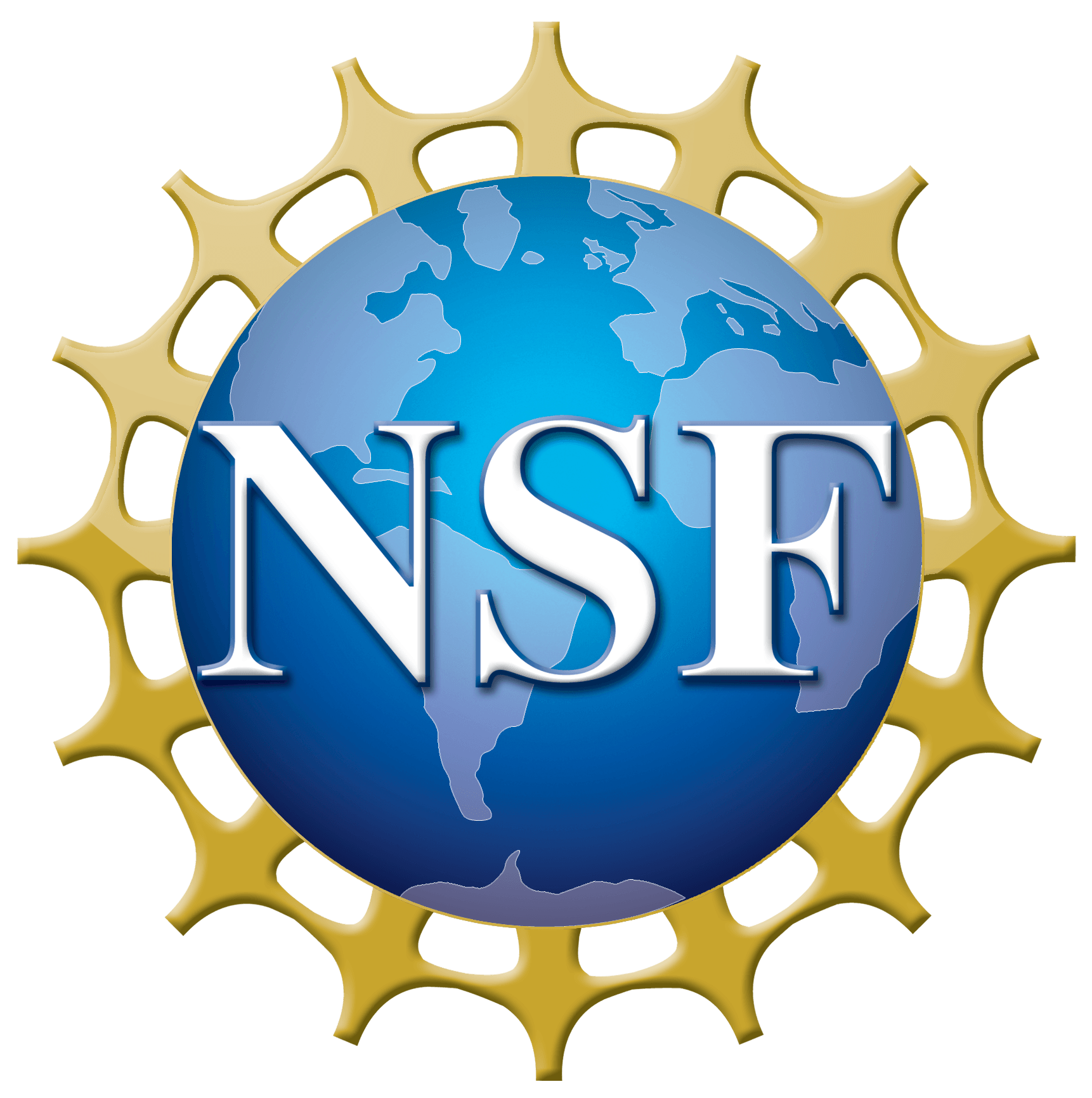Artificial lasers on Earth are used for everything from scanning grocery items to delicate surgery. But there are also naturally occurring lasers known as astrophysical masers. Join our host Summer Ash of the National Radio Astronomy Observatory as she talks about what these “space lasers” tell astronomers about the Universe.
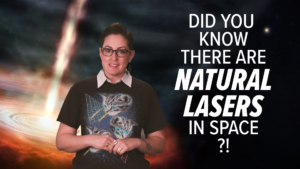
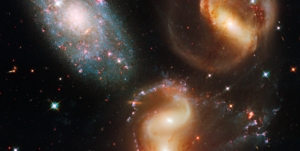
Far, Far Away: Just How Distant Is That Galaxy?
Radio astronomers have observed galaxies billions of light years away. But how do they know just how far away those galaxies are?
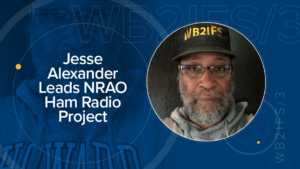
Spotlight: Jesse Alexander and the Ham Radio Project
Jesse Alexander leads the Ham Radio Project, making the electromagnetic spectrum and radio astronomy accessible to BIPOC and LGBTQIA+ students.
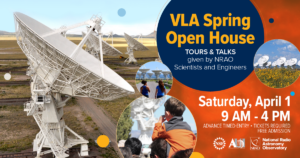
Very Large Array Spring Open House – April 1, 2023
NSF’s Karl G. Jansky Very Large Array welcomes the public for a free open house on Saturday, April 1, 2023. Tickets free, but required. Get your tickets now.
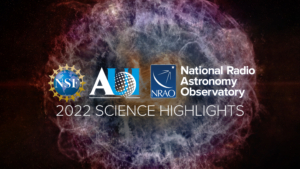
Science Highlights 2022: Black Holes, Pulsars and Turbulence
The Universe is a dynamic and exciting place, with stars, planets, and galaxies being born, dying, and undergoing dramatic changes. In 2022, the telescopes of the National Science Foundation’s National Radio Astronomy Observatory (NRAO) revealed fascinating new details about several of these processes, and we’re giving you a taste of the greatest radio astronomy moments of the year.
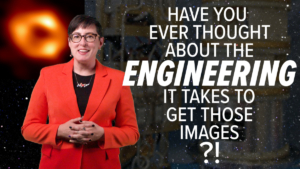
Baseline 14— Central Development Laboratory: The Magic Behind the Wonder
Radio telescopes are powerful tools that allow astronomers to study the Universe. We often read about the discoveries they make, but we rarely get a glimpse of the engineers and technicians that design and build these telescopes. Join our host Summer Ash as she talks about NRAO’s Central Development Laboratory (CDL) and how CDL helps make modern radio astronomy a reality.




